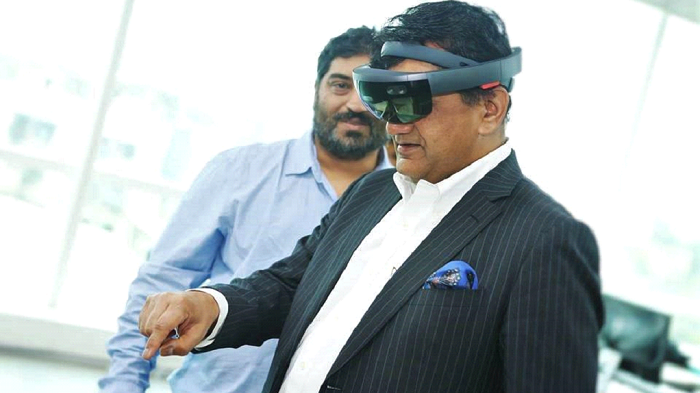
The re-beginning
Virtual reality as a technology has been around for a few decades. Once you start researching the history of VR, you realise you’re a part of something transformational and fascinating.
As an educator, it is prudent to know one’s place in the grand scheme of things and endeavour to contribute towards VR, AR, AI education in a way that makes a positive impact on the technology and ultimately humanity.
I distinctly remember when I started to become curious about VR. It was when I was heading the internal training division at Reliance Media Works Mumbai. I was exploring ways to visualise the setup of a new facility which was to be a joint venture between Reliance and Digital Domain in LA.
About the same time a young and dynamic Palmer Luckey was hacking away at a VR prototype and sharing his progress on the MTBS forums. Palmer was lucky to get the attention of John Carmack, a living legend in the games industry.
One thing lead to another and a kickstarter campaign was born. This is what I term as the re-beginning of VR as we know it.
Early Adopters
Family
When the Oculus Developer kit was launched, I was an independent consultant for all things visual effects. However, I did not even have a machine that could run the Oculus. But my wife was supportive and told me to buy the kit anyways. I owe my success in VR to her.
Friends
I made friends with the people at Epic (Unreal-Engine), AMD and HTC. Unreal have the most robust and advanced VR game-engine in the industry and its completely free; AMD have the cards that can push VR to the limit and they are the most reasonable; the HTC Vive headset is the de facto standard for the industry because it offered an all in one package of accurate room scale tracking and input controllers.
Forces
I made many VR presentations to the Bollywood industry about how VR would play a transformational role in the filmmaking process but they were sceptical initially.
Through chance and tenacity, I kept on and did a demo for the co-founder and executive director of Parsons Indian School of Design and Innovation. Turned out, he was a forward thinker and we decided to collaborate.
To his strength, he can work on and hold a long term vision of things whilst managing to deal with the present with equanimity. He was the earliest investor in VR and AR education in the country.
We did not set out to monetise VR by selling courses, but rather decided to first help the rest of the industry understand the technology and its usefulness.
VR Education
For an industry that has got a second lease of life barely five years ago, it would have been pretentious to immediately start teaching VR en masse. There are no established experts and the opportunity to learn and define the rules are open to all.
Collaborate internally
To work in silos is the death of innovation and creativity. Good design touches all aspects of our life. Therefore it is imperative to work closely with all kinds of creators and design disciplines to help them become more productive via the use of VR.
I started to work with all the design program directors to incorporate VR into their programs namely interior, fashion and product design.
Industry partnerships
Collaborating with industry provides the best validation and reality check. Me, my colleagues and our students work with industry partners to create experiences for them and POC’S for their clients.
I’m fortunate to have collaborated with Microsoft on a very prestigious VR project and this lead to being awarded a Microsoft HoloLens, reportedly the first one in Maharashtra.

Some of my student work involves –
- Creating a VR car showroom experience
The showroom was created for the Samsung Gear VR and the HTC Vive. The client wanted flexibility of offering something portable as well as detailed. So we created two versions of the same experience keeping in mind the constraints and affordances of both platforms (Mobile and PC)
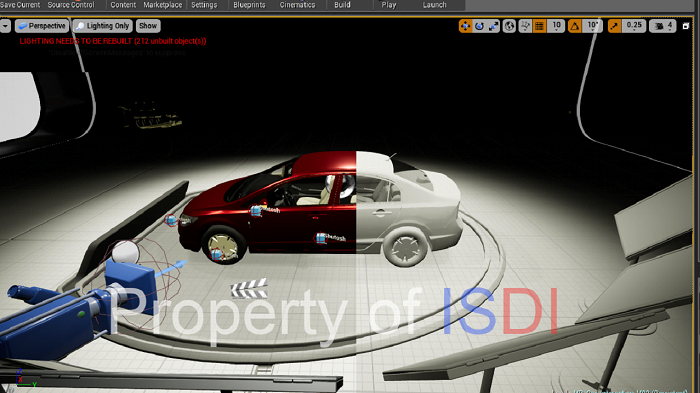
- VR exercise bike
Some of our communication design students wanted to experiment with mixing the real world with the virtual one.
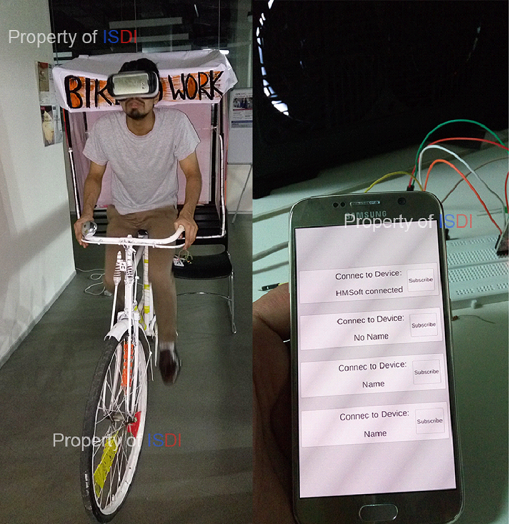
So they decided to experiment with creating a fitness experience where the user pedals on a real bicycle and the virtual scene is updated via data being sent over Bluetooth from the Arduino.
- HoloLens visualization for fashion design
Getting access to a HoloLens was near impossible. India was nowhere close on the radar for distributing Dev kits. Through resourcefulness and perseverance we got Maharashtra’s (and most probably India’s) first HoloLens.
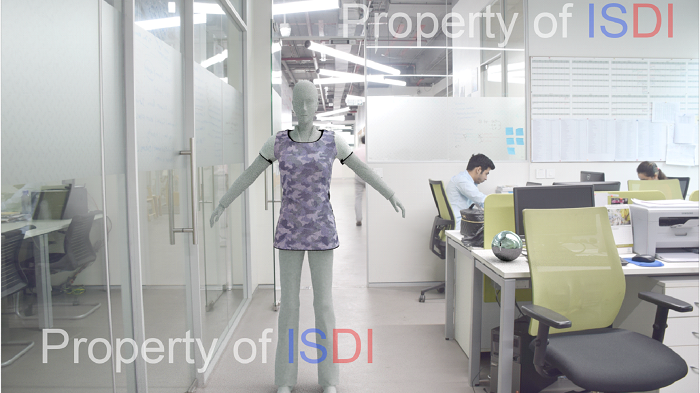
Our fashion design students needed to visualize how their clothing would look before having anything stitched. So I built a prototype that would enable them to do the same.
- VR for social good
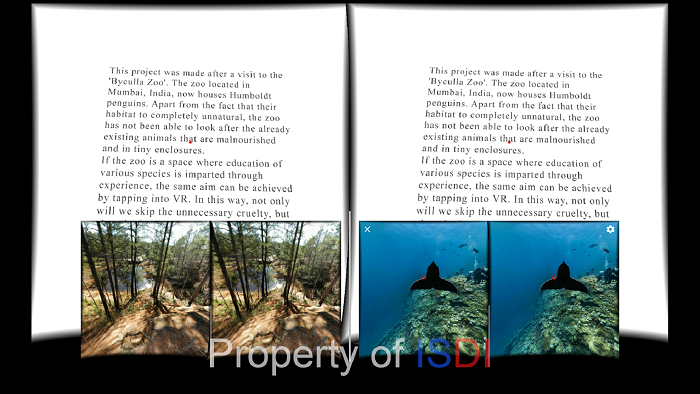
VR and AR have far more use cases than just gaming and entertainment. One of our students wanted to demonstrate how the local zoo could use VR to display exotic species without actually tearing them away from their natural habitat and bringing them into environments that could harm them.
This was an excellent use in demonstrating the resourcefulness of VR for social good.
The most unique aspect about this project was the fact that this experience was created by a girl who knew zero coding. Her batch was India’s first, all-girl design batch to have created VR experiences from scratch without prior coding skills.
- A secret project with Elon Musk
We may have lost an entire generation to mobile phones but Elon Musk may have saved one!
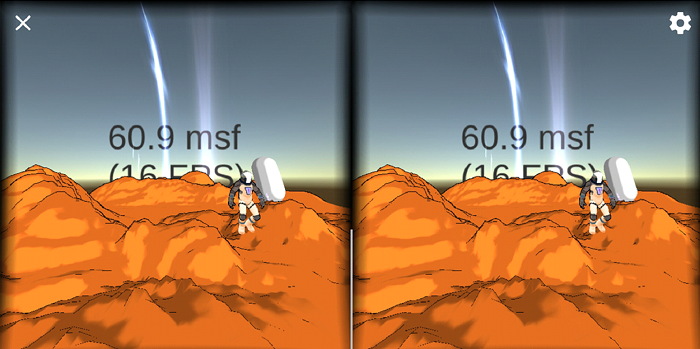
He has been inspiring the world with his electric cars, rocket launches and many other ventures. I requested Elon to grant me permission to create a short VR experience on how life on the ‘Red Planet’ would be.
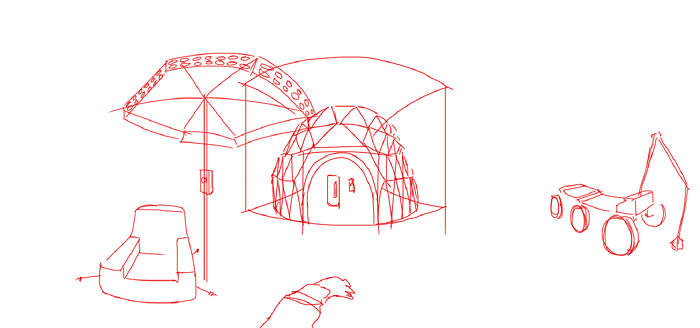
He was very generous with his time and encouraged me and my students by giving us his consent. The work is underway and I’m using it as an opportunity to involve all my design students.
Where are we now
The technology is changing rapidly and for the better. The end goal is to have a pair of glasses sitting on your head that will allow for VR and AR to merge seamlessly for the better part of the day. You will be able to communicate with your device via hand gestures or via voice commands, all made possible by the maturing of artificial intelligence research.
Towards that goal we are seeing heavy investments from technology giants like Microsoft, Google and Facebook. Venture capitalists are also setting up funds for early stage VR and AR startups.
It’s important to understand who your customer is and what kind of problems you are trying to solve.
(Behram Patel is a VFX, virtual and augmented reality consultant with over 16 years of experience in the media and entertainment industry. He has been associated with some of the most prestigious commercial and educational brands in the country. He is constantly assimilating and learning about advanced technology and has a unique ability to convey technically dense material in an understandable, informative and engaging manner.)
